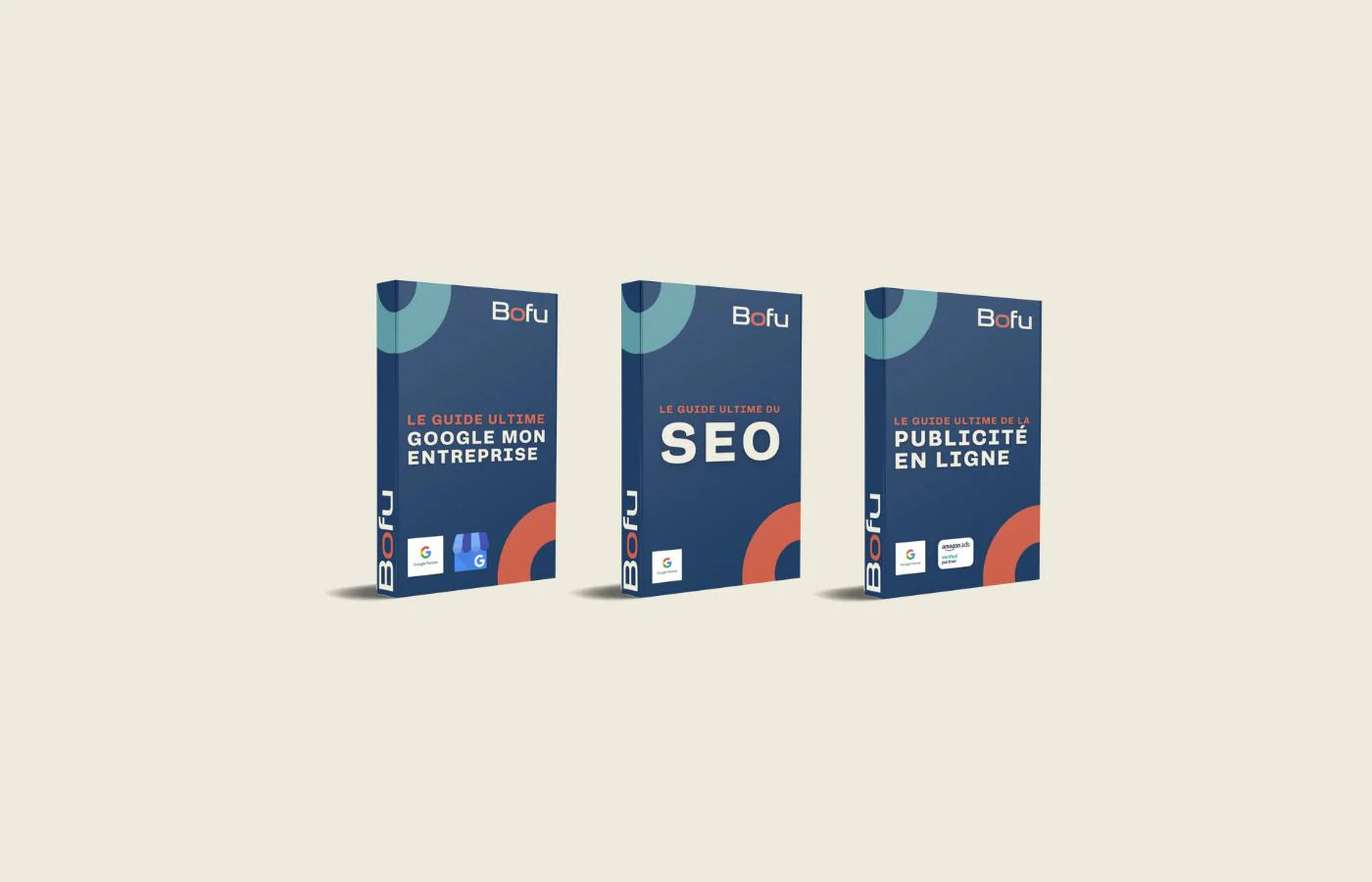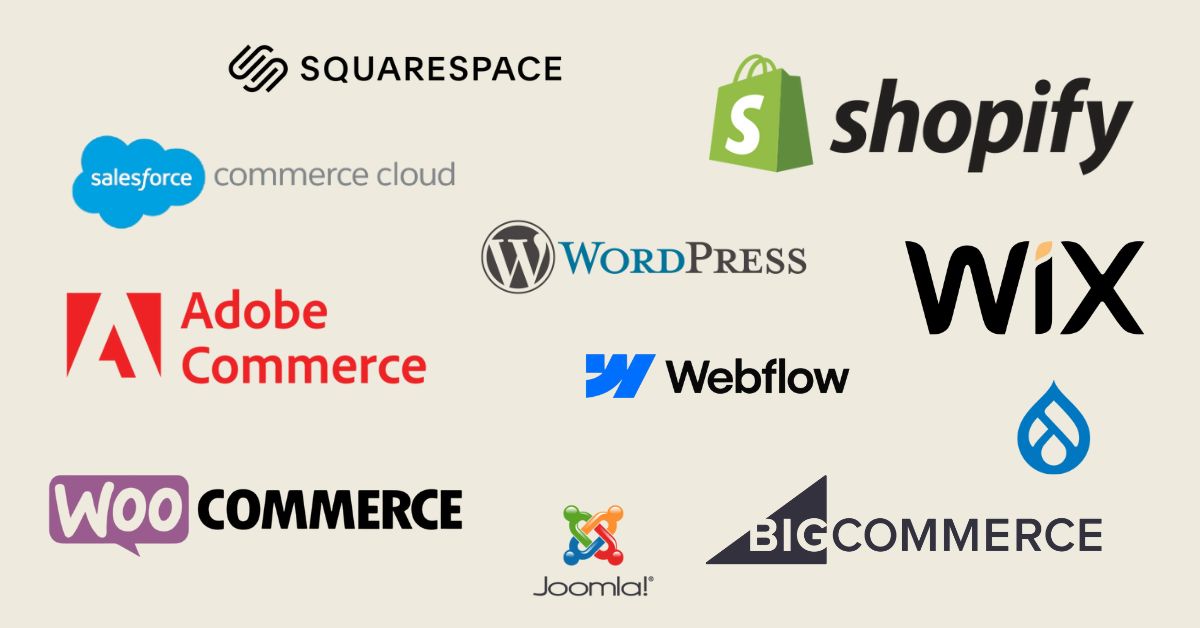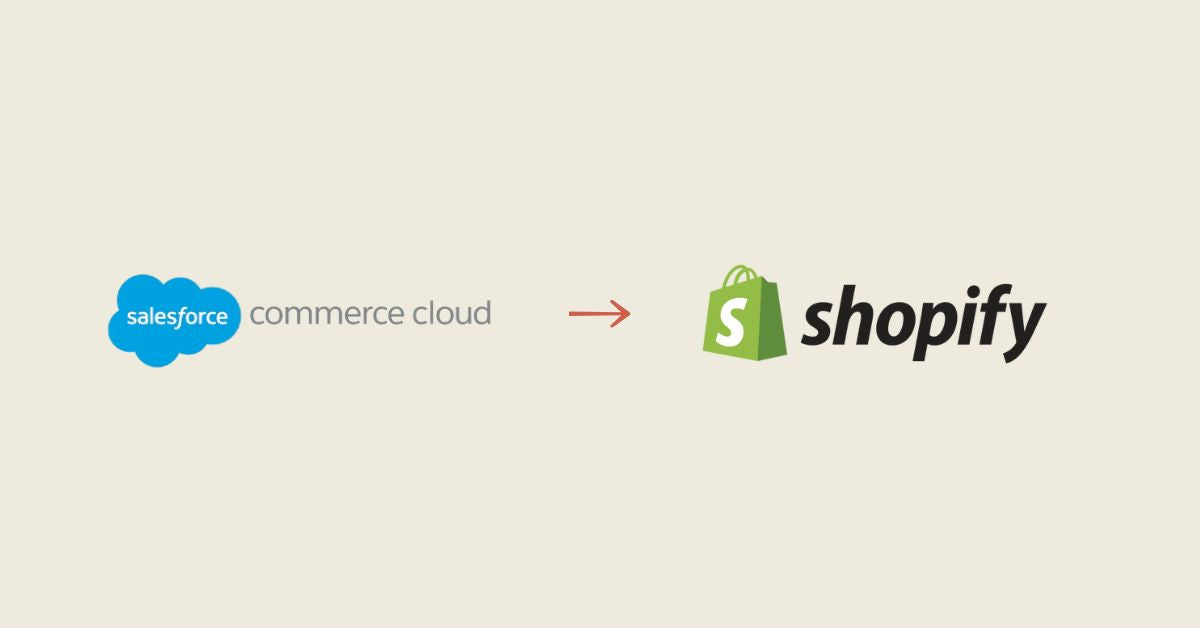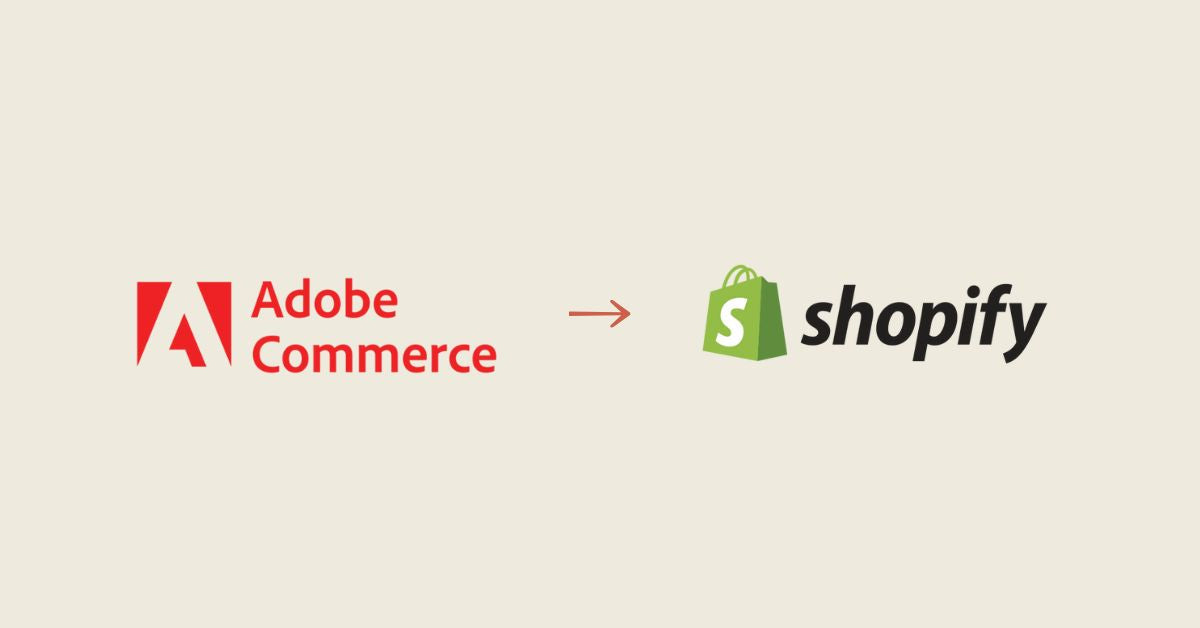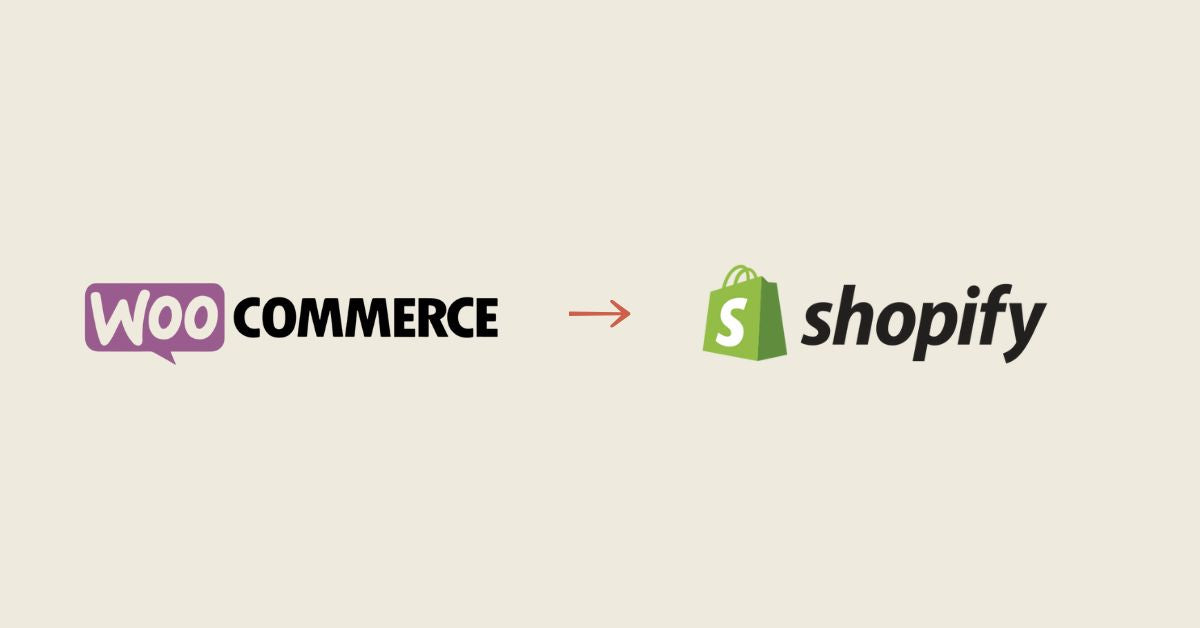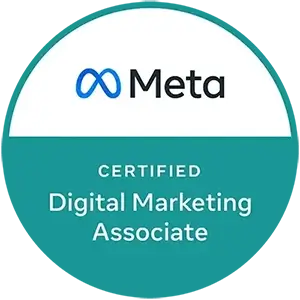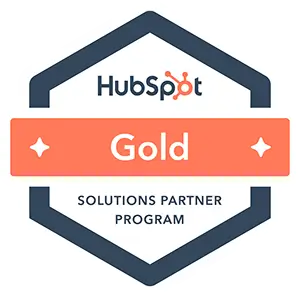Introduction
AI Indexing Optimization (AIO) represents the logical evolution of technical SEO in the age of artificial intelligence. Search engine indexing no longer relies solely on classic keywords and tags, but on semantic understanding , contextual relationships , and overall content quality .
Google, Bing, and AI engines now analyze the meaning behind content, its structure, the entities present, and its ability to respond to deep search intentions.
Objective of the AIO
The goal of AIO is to make it easier for modern algorithms to intelligently index your content . It's no longer enough to be "crawlable": your pages must be understood and recognized as relevant, well-structured, and logically linked to a central topic.
Why AI indexing is different
AI algorithms:
-
Evaluate the named entities present (brands, places, concepts, products);
-
Measure the thematic coherence of the entire site or a section;
-
Detect logical links between your pages (semantic meshing);
-
Favor structured and explicit content in their responses.
Comparison between classic indexing and AI indexing
| Criteria | Classic indexing | AI Indexing (AIO) |
|---|---|---|
| Main trigger | Tags, keywords, sitemap | Semantics, structure, entities |
| Relationship analysis | Weak | Very high |
| Understanding of content | Literal | Contextual and predictive |
| Thematic relevance | Limited | Critical |
| Effect on results | Local, organic SEO | Enriched SEO + AI appearances |
AIO Best Practices
Structure content into thematic silos
-
Create clusters of pages around a central topic
-
Add logical internal links (thematic anchor text)
Enrich with semantic entities and relationships
-
Use synonyms, related expressions and secondary entities
-
Ex: “tax lawyer”, “estate planning”, “capital gains tax”
Using Structured Data (Schema.org)
-
Include the right types: Article, FAQ, Product, Review, Organization, etc.
-
Help Google better understand the role of each section
Improve contextual authority
-
Have multiple pages related to the same topic
-
Add definitions, quotes, additional resources
Concrete application for a business
Services
An accounting firm creates a guide on tax deductions for SMEs with:
-
A main page + sub-pages for each type of expense
-
Internal links between each page + glossary
-
Structured data for FAQ and article
E-commerce
A gardening products store structures its site as follows:
-
Categories “by season” + subcategories “by plant type”
-
Guides by theme (fertilizers, seeds, tools)
-
Links between articles, product sheets and video tutorials
Media
A news site creates a comprehensive file on “AI and employment” with:
-
Series of related articles
-
Dictionary of technical concepts
-
Diagram of the relationship between sectors, technologies and professions
Practical example
A company specializing in online training creates:
-
A main page “SEO AI Training”
-
Satellite pages: GEO, AIO, AEO, SXO
-
Cross-links, one FAQ per page and a uniform structure
Result :
-
Best Thematic Coverage
-
Faster and more stable indexing
-
Presence in enriched results (FAQ + sitelinks)
Useful tools for AIO
-
Google Search Console: Indexing Tracking
-
Screaming Frog SEO Spider: Mesh, Markup, Hierarchy
-
InLinks / Semji / Oncrawl: semantic analysis
-
Schema Markup Generator: Manual structured data
Indicators to follow
| KPI | Recommended tools |
|---|---|
| Indexed and valid pages | Google Search Console |
| Rich Results Achieved | Search Console / Ahrefs |
| Crawl depth | Screaming Frog / Oncrawl |
| Number of entities detected | InLinks / Google NLP API |
To remember
-
AI indexing prioritizes semantic understanding.
-
Content should be structured in silos with a logical mesh.
-
Structured data makes machine analysis easier.
-
Well-linked, rich, and explicit content will be more easily visible.
Common mistakes to avoid
-
Duplicate content on multiple pages (risk of deindexing)
-
Do not link pages together (orphan pages)
-
Overusing keywords without semantic coherence
-
Neglecting structured data despite rich content
-
Having an inconsistent or non-hierarchical site structure
Quick Glossary
-
Semantic silo : Set of pages linked by a specific theme.
-
Named Entity : Person, company, place, or product recognized by the AI.
-
Structured data : Marked code that helps indexing (e.g. FAQ, Review).
-
Internal linking : Links between your pages to improve understanding of the site.
Complete AIO Checklist
-
My site is organized into thematic silos (e.g. SEO / CRO / Ads), each topic has its pillar page.
-
Each page contains relevant internal links to other pages on the same topic.
-
I integrated Schema.org structured data (FAQ, Article, Product, etc.) on all key pages.
-
I use rich language including named entities and synonyms in my texts.
-
My content meets a clear search intent (informational, transactional, etc.).
-
The sitemap (sitemap.xml) is successfully submitted to Google Search Console and Bing Webmaster Tools .
-
No orphan pages (not linked by other pages) remain on my site.
-
I regularly check for indexing and tagging errors via Search Console .
-
I have removed or redirected redundant or obsolete content to avoid semantic dilution.
Conclusion
AIO is a technical and strategic lever for maximizing the understanding of your content by AI-driven indexing engines. It's the invisible, yet essential, foundation for fueling your GEO, AEO, and traditional SEO efforts.
Adopting a logic of structured, rich and contextually connected content will allow you to remain visible in a digital ecosystem increasingly driven by artificial intelligence.
LEARN MORE
You're viewing one part of our comprehensive guide to SEO in the age of artificial intelligence , a must-read for understanding how to adapt your digital strategy to new search engines, generative AI, and the modern user experience.
Access the main guide here:
The SEO Guide to the Age of Artificial Intelligence
Continue reading with the specialized sub-articles:
-
GEO – Generative Engine Optimization : How to appear in answers generated by Google SGE, Bing Copilot or Perplexity
To go beyond traditional SEO, an innovative GEO agency can help you integrate structured data, strengthen your authority, and position you as a trusted source for AI. -
AEO – Answer Engine Optimization : Achieve position zero and respond effectively to voice or written queries.
-
SXO – Search Experience Optimization : Transforming search into conversion through a seamless, user-centric experience.
